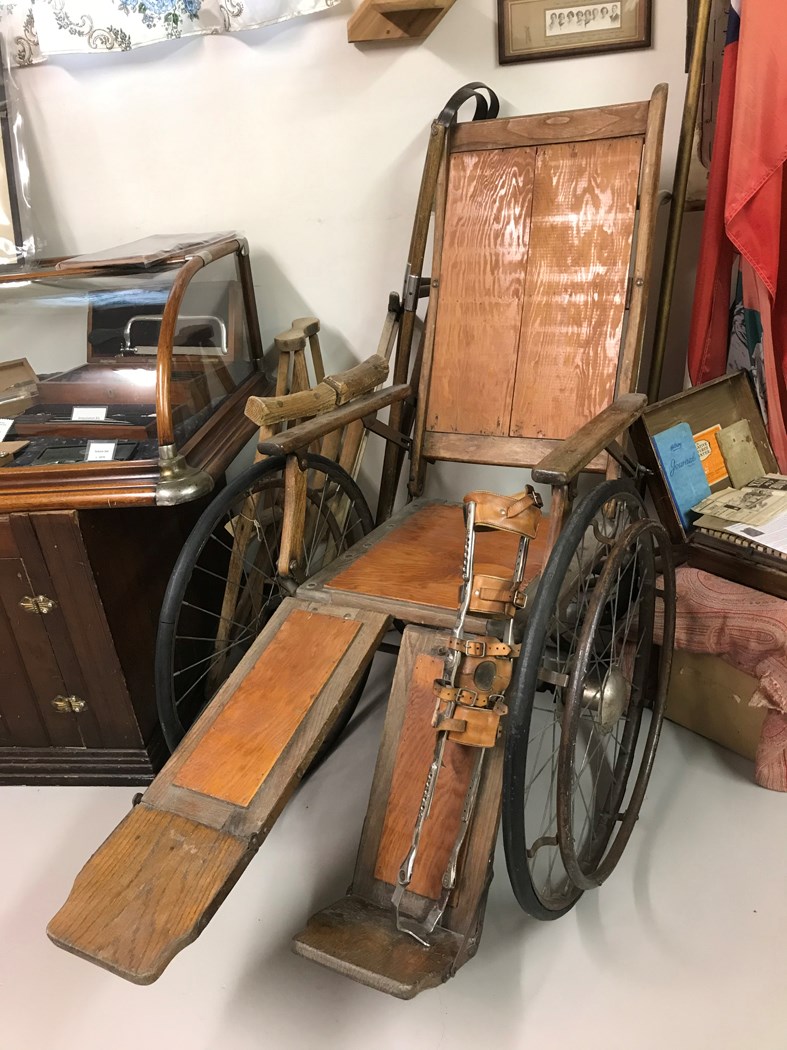As COVID-19 spreads across the world the virus has caused many places to shut down, an economic strife, and a spread of fear. There was another virus that had caused a similar crisis. In Canada the virus came in outbreaks between 1916-1959 during the summer months. This virus left approximately 50,000 Canadian children with various degrees of muscle weakness and approximately 11,000 Canadians paralyzed. This virus is polio.
Poliomyelitis is caused by the polio virus. It spread from human to human by the fecal-oral route. Children below the age of 12 were the most vulnerable to the virus with children under the age of 5 being highly affected it. Symptoms of polio could show up between 7-14 days but 90% of those who were infected showed no signs or symptoms. Symptoms could include a fever, headache, fatigue and vomiting. If the severity of the virus increased symptoms including severe muscle pain, neck and back stiffness and even paralysis could occur in an area where severe nerve damage happened, and if paralysis lasted 60 or more days, it could lead to permanent paralysis.
There were many rumours of what exactly caused polio. Many thought that is was transmitted through water, so swimming pools were shut down and children were told to avoid spring run off water. Large gathering at children’s birthday parties and other events were discouraged. Others thought that the cause of polio was due to bad sanitary conditions and as sanitary conditions changed so did children’s immune systems which now weren’t as strong as before and they were more vulnerable to the virus. Many others had believed that it was transmitted through flies, cats or bananas but this was proved to be false.
In 1953, Manitoba experienced at least 2,318 cases of polio with 85 deaths. Manitoba had many other polio outbreaks in previous years but 1953 was the worst of them all. Many patients that lived in Winnipeg were checked into the King George Isolation Hospital (now Riverview Health Center) in Winnipeg to help them with symptoms that put their lives at risk and to help stop the spread of the virus. On January 11, 1954 there was reported to be at least 60 patients in iron lungs at King George Isolation Hospital. Of the approximately 2,100 people admitted to the hospital in 1953 over half of them were polio cases. Medical professionals appear to have been poorly prepared for each epidemic and relied on the public health tools that did not work against polio and did not engage fully with knowledge that was created by the science community.
A vaccine for polio was discovered in 1955 by Dr. Jonas Salk who declared the drug to be “safe, effective and potent”. The vaccine was 90% effective in preventing the disease in a test done on 1.8 million school children. Around the same time Dr. Albert Sabin also produced a vaccine. His was made using a live version of the polio virus but the vaccine did not produce the disease but caused the body to produce antibodies. Canada has been Polio free since 1994 due to the success of the polio vaccine. Within the last 30 years the only cases were from travellers who were not vaccinated and came in contact with someone with the virus in another country.
Madisen McNaughton – Assistant Curator at Virden Pioneer Home Museum




